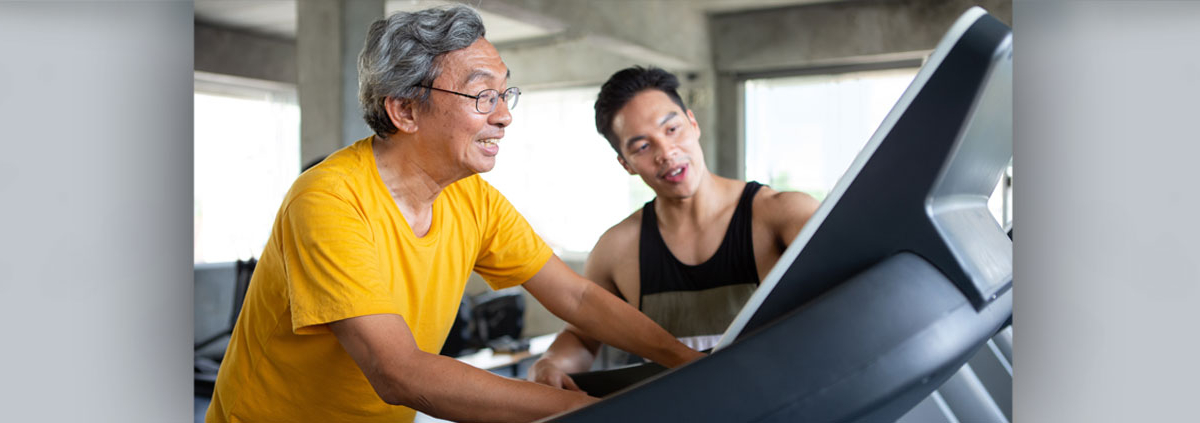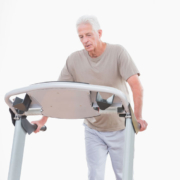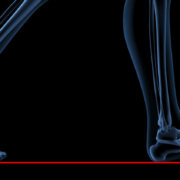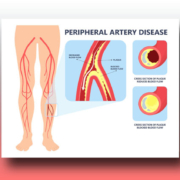High-Intensity Walking Is Better for Peripheral Artery Disease
As I said in Tuesday’s memo, high-intensity walking was better than low-intensity walking in terms of physical measurements after one year; subjects were able to cover more distance in a six-minute walk and they were able to walk for a longer period of time on a treadmill. Another important outcome was that there was no damage to muscle fibers in response to the high-intensity walking as was found in other studies.
There are a couple of other factors I think were significant about this study. Let’s take a look.
High-Intensity Walking Saved Time
High-intensity walkers performed better on the physical tests in spite of the fact that they actually exercised half the time as the low-intensity walkers. I think that that’s a solid positive for people who really dislike exercise because they will save time: more benefit in a shorter period of time.
Even though there was a similar improvement in subjective quality of life assessments, what we don’t know is whether each individual session was more painful for the higher-intensity walkers.
Subjects Were Coached the Entire Year
The primary difference between high-intensity and low-intensity walkers was pain. Both the high-intensity and low-intensity walkers had assigned coaches who could track progress through the subjects’ accelerometer readings. Having done a similar type of study myself, it’s important that people can get answers to their questions, especially related to the significance of pain versus discomfort, and therefore push on. I believe subjects also feel obligated to a person, their coach, more strongly than to the study itself.
While it would be very difficult as a public health initiative, I think the approach would work for any type of physical-limiting condition whether it was cardiac rehabilitation, type 2 diabetes, or as in this case, PAD.
The Bottom Line
This analysis of high-intensity versus low-intensity walking for PAD might seem to be narrow in focus; after all, most of you probably don’t have PAD. But the greater question to me is determining what will be more effective to help recovery or even prevent disease from occurring. If high-intensity exercise can be beneficial for people with severe PAD, then there’s no question that it can be beneficial for just about everyone. And the key is coaching: having someone available to encourage you when you need it and to answer questions when they become important to you.
What are you prepared to do today?
Dr. Chet
Reference: JAMA. 2021;325(13):1266-1276. doi:10.1001/jama.2021.2536.









